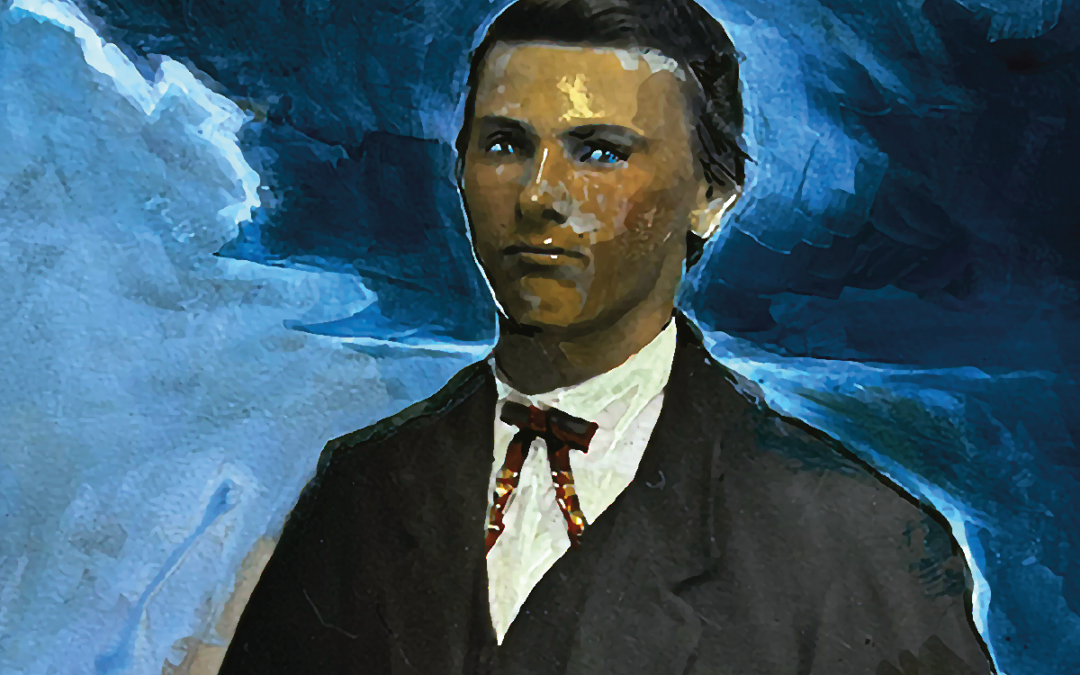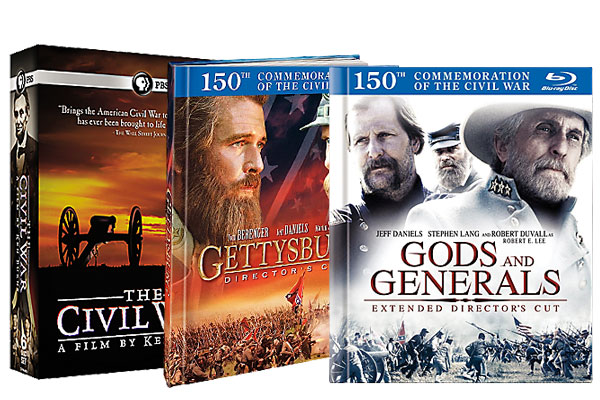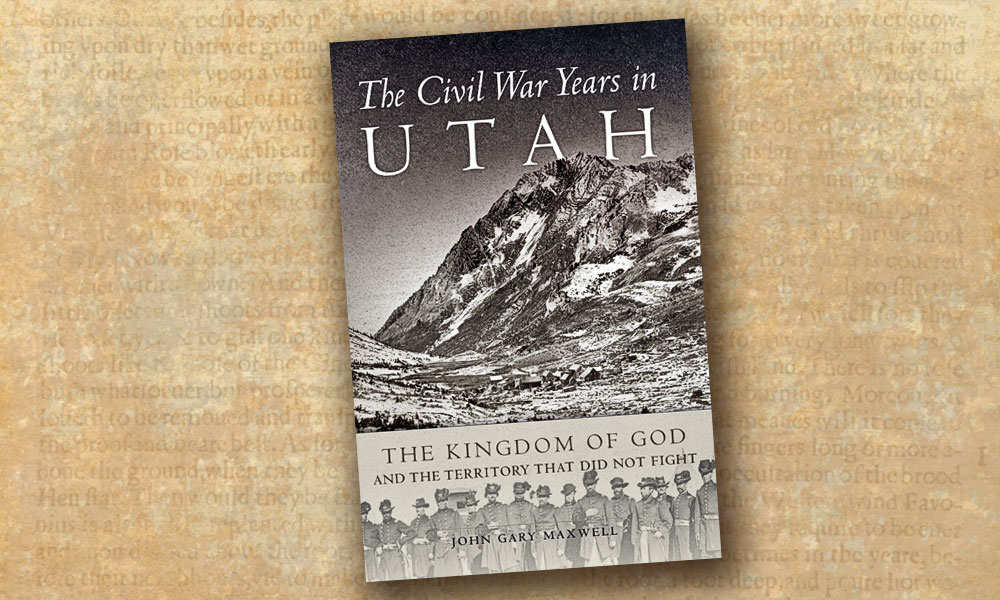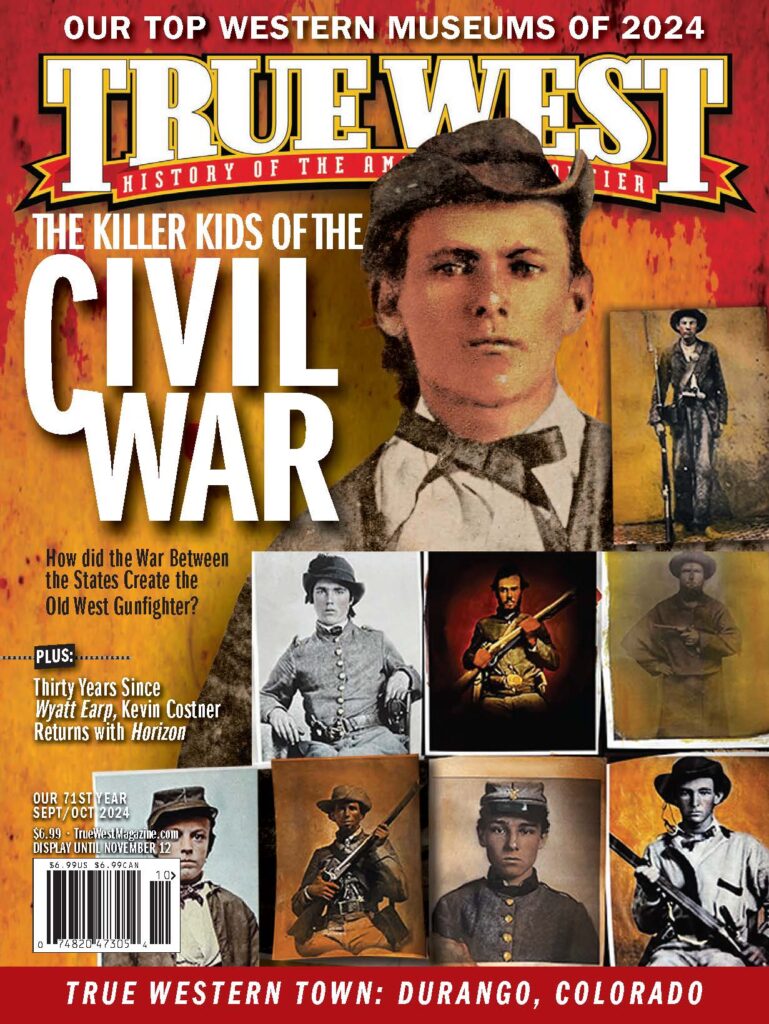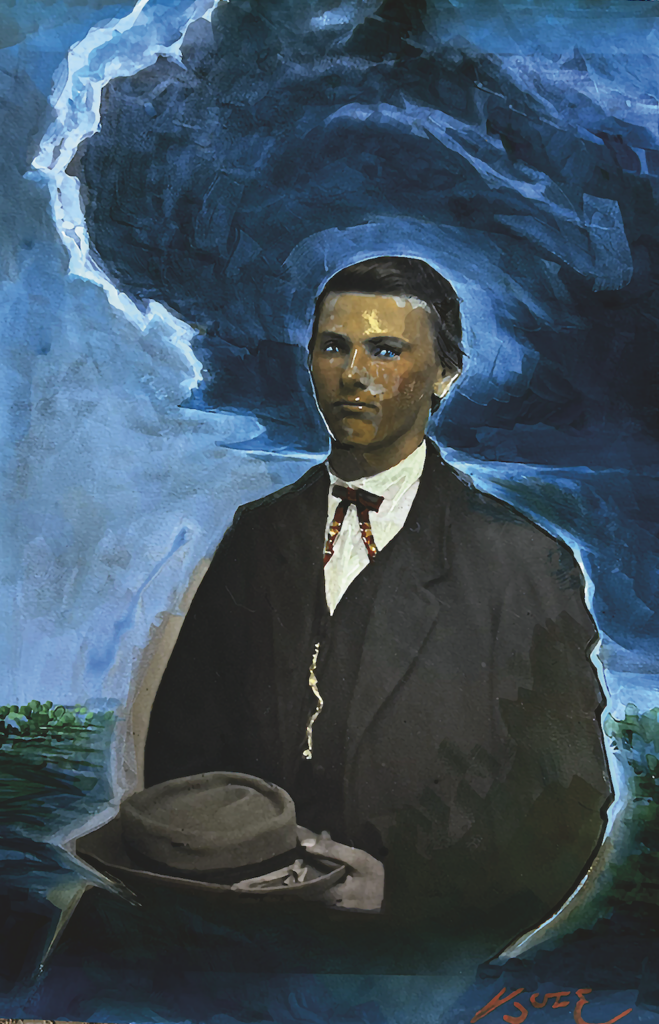
Close to a half million boys under the age of 18 were involved in both the Union and Confederate forces during the Civil War. Some historians believe as many as 100,000 Union soldiers were 15 years of age or younger. Although statistics are not available for the rebel forces, it is believed the South had a similar proportion of underage soldiers.
What is shockingly clear is that the boys who were exposed to the horrors of war in the four years of unbridled bloodshed were hardened and trained to be raiders, which, when you think about it, are the prerequisites for a supreme education in outlawry after the war. And that is why the fighting, especially in Missouri and Kansas, paved the way for the Western gunfighter that followed, as a sort of master’s degree from a four-year college of war. This is that story.
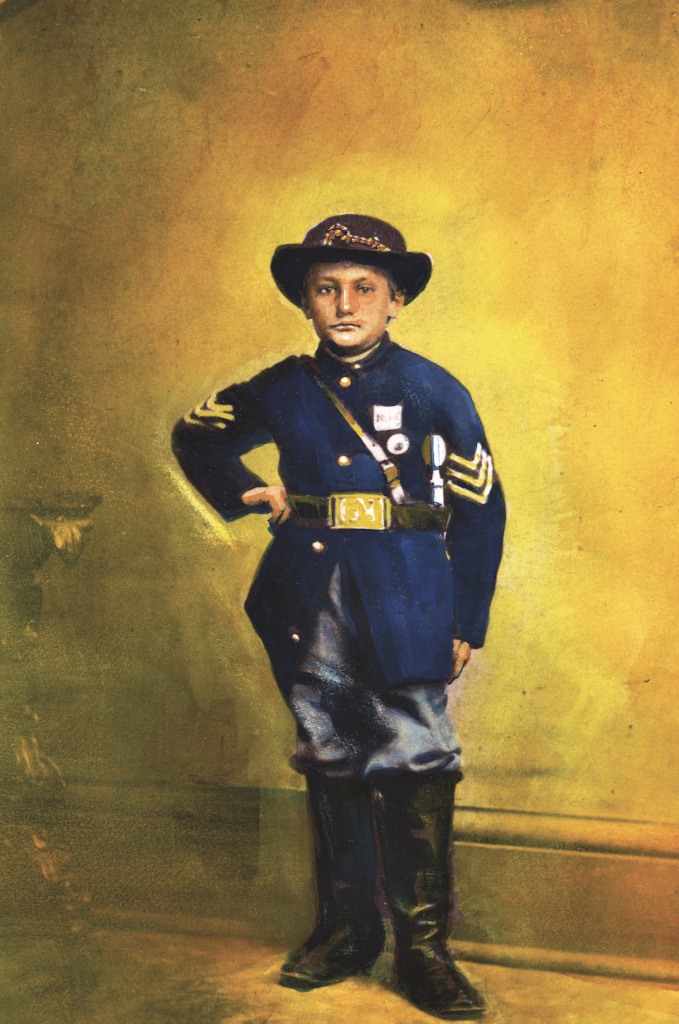
The youngest noncommissioned U.S. officer in history. He joined as a nine-year-old drummer boy from Newark, Ohio, and insisted on getting involved during battle. He saw plenty and was captured, and after ultimately shooting a Confederate colonel, he earned his stripes as a sergeant at the age of 10, as seen in this image taken from a photograph. He rose through the ranks, retiring in 1915 as a major general.
After the battle of Centralia, rebel troops dallied with the dead Union soldiers. According to author T. J. Stiles, “The rebels walked among the dead, crushing faces with rifle butts and shoving bayonets through the bodies, pinning them to the ground. Others slid knives out of their sheaths and knelt down to work. One by one, they cut seventeen scalps loose, then carefully tied them to their saddles and bridles. At least one guerrilla carved a nose off a victim. Others sliced off ears, or sawed off heads and switched their bodies. Someone pulled the trousers off one corpse, cut off the penis and shoved it in the mouth of the dead man.”
It was a playground of juvenile atrocities.
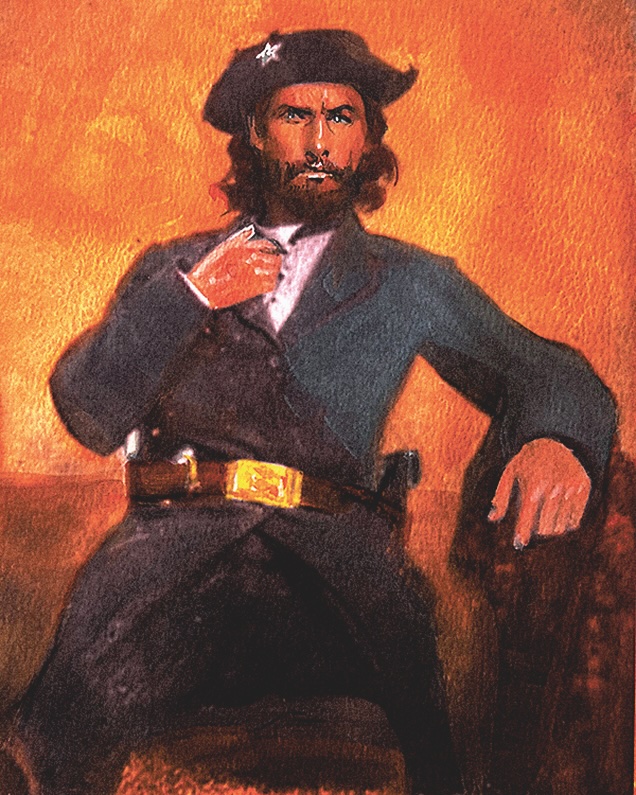
One 16-year-old bushwhacker was credited with killing the Union commander. The proud killer’s name was Jesse James. His older brother Frank, 17, later remembered, “We rode out of the woods low on our ponies, like Indians.”
They frolicked like this for some time until their commander, “the old man,” told them to stop. They called their leader “The Old Man.” William Anderson, also known as “Bloody Bill,” was 23.
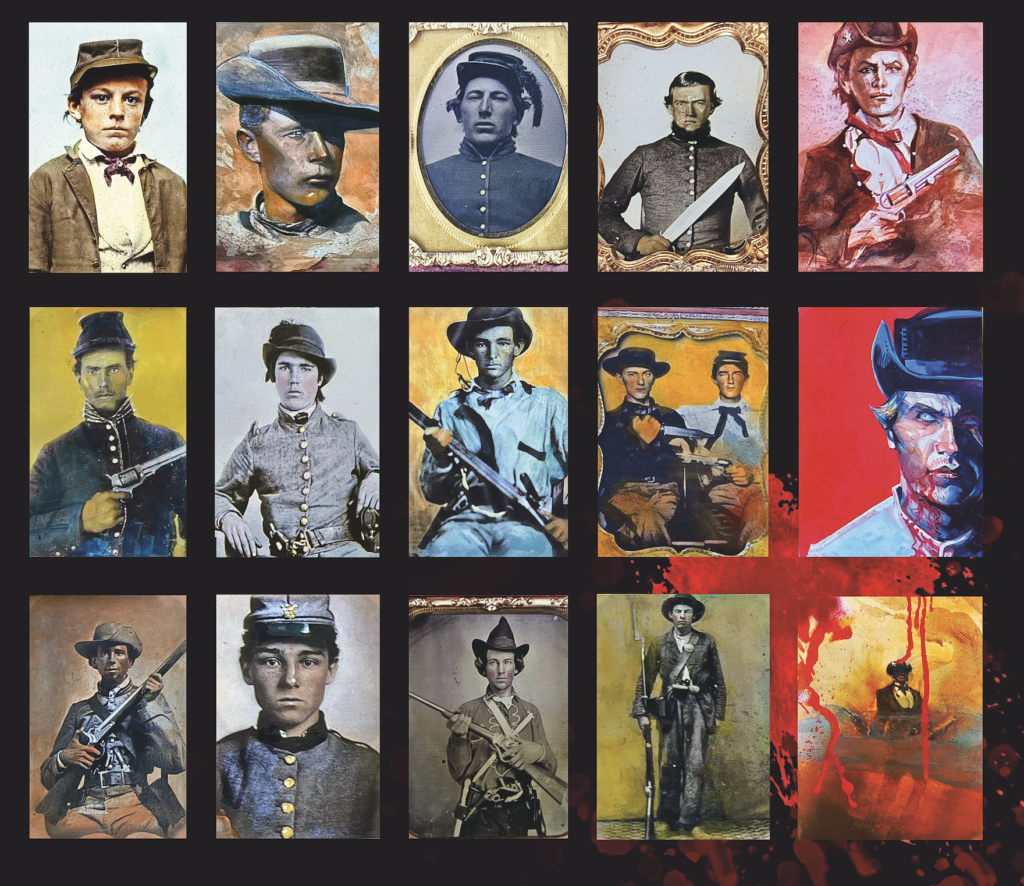
A Teacher’s Bloody Field Trips
Born in Ohio, the eldest of 12 children, William Quantrill taught school off and on before turning to raiding in the “Bloody Kansas” corridor of the Civil War. His young charges included future outlaws Jesse and Frank James and Cole Younger, not to mention “Bloody Bill” Anderson, among others. He taught them all well.
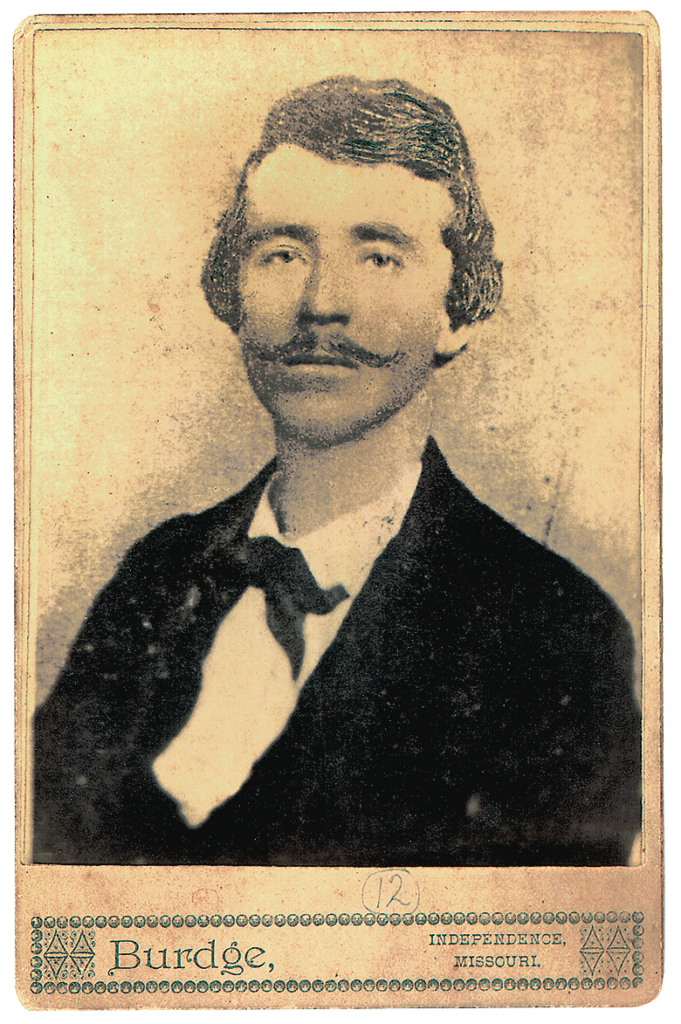
His biggest raiding lesson came during the predawn hours of August 21, 1863, when some 450 of Quantrill’s Raiders rode into Lawrence, Kansas, and slaughtered more than 160 men and boys (some estimates have the bloody total at 190). They also robbed the bank and looted every home. However, their main target, James Henry Lane, the leader of the Free State Party of Kansas, escaped, barely, in his nightclothes by running through a cornfield and hiding.
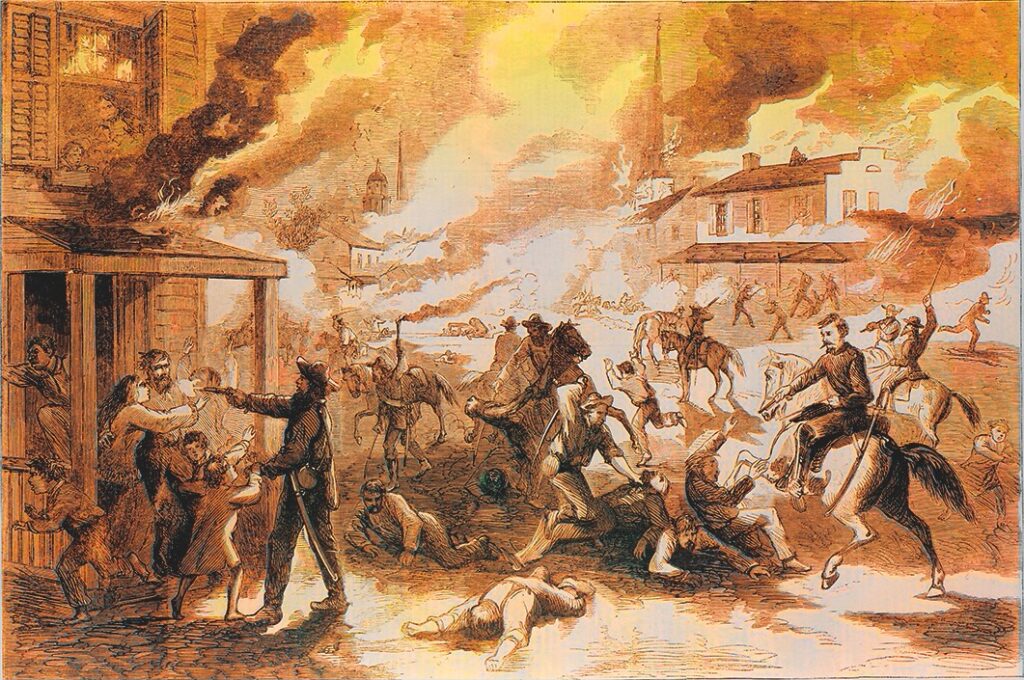
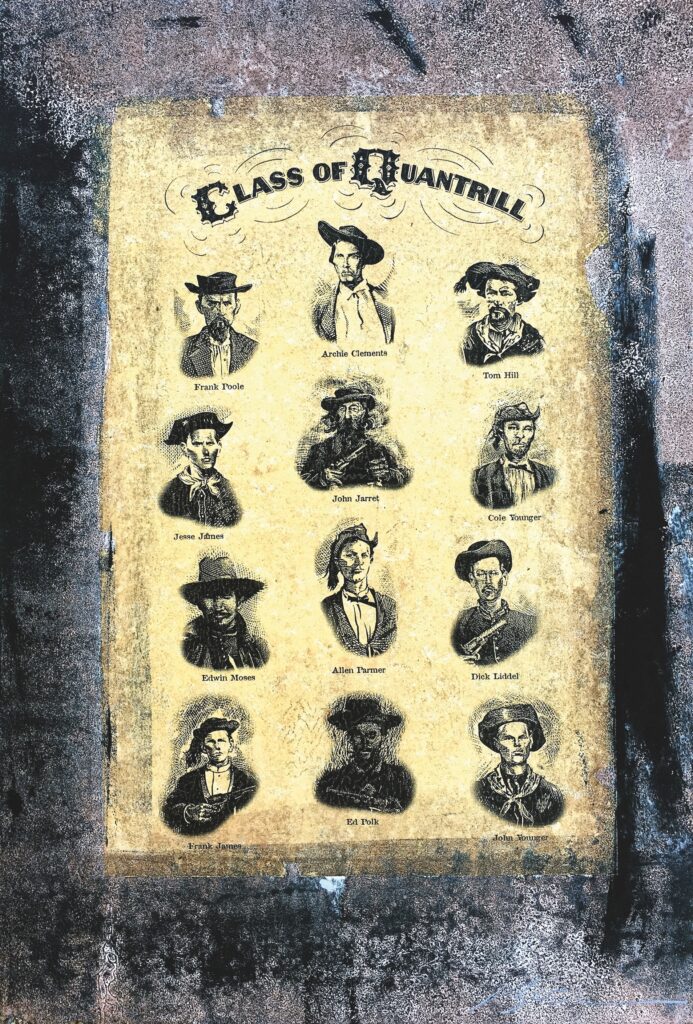
The School of Hard Knocks
James, 15, confides to a friend that he has seen sights “that would make the wickedest hearts sick.” Tradition claims James gravitated to Gen. James Lane, organizer of the Free State Army of Kansas. For more than a year he follows Lane as a scout and some say, as a bodyguard for Lane as the troops battle against the Missouri Border Ruffians. All sides perpetrate atrocities—lynchings, massacres and all the horrors of guerrilla warfare. It is a rough school, and the boys learn their lessons well.
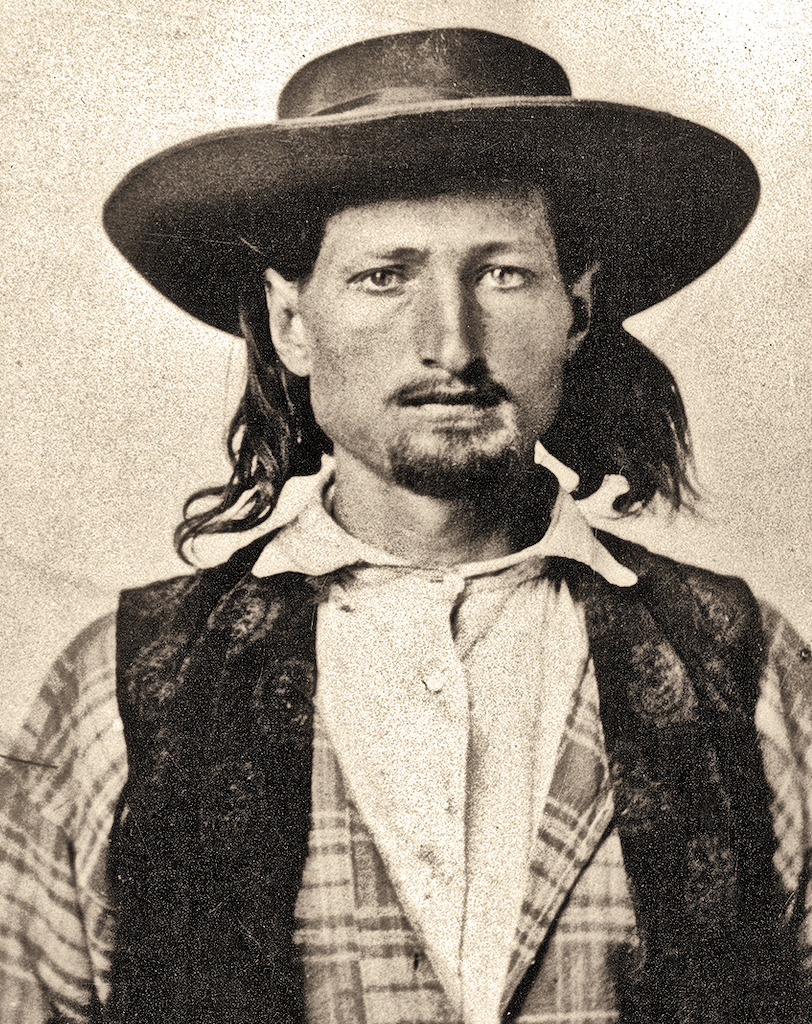
James Butler Hickok left his Monroe, Michigan, home at the age of 15 and grew up quick on the violent plains of Missouri and Kansas.
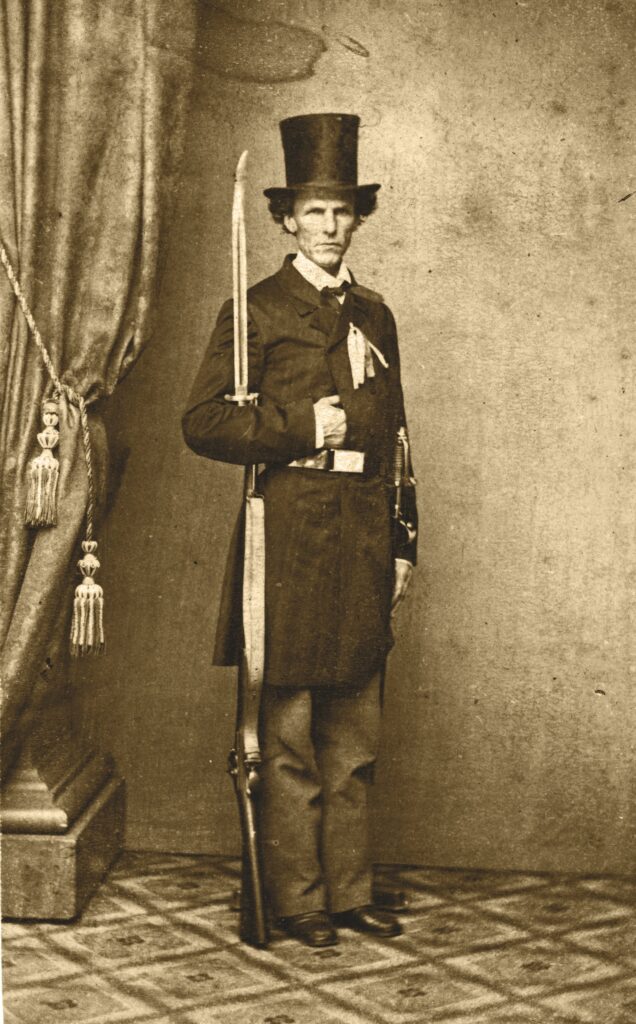
And It’s Off to Graduate School
At the end of the Civil War, a generation of boys looked for a reprieve from the fighting, but some of these kids were too well trained to let all those warfare skills go to waste. Especially when so many people in Missouri—and throughout most of the South—felt oppressed by the banks and the railroads. With a little nudging—not much!—a whole bunch of spunky farm boys began to ply the trade they were trained for: bank robbery and train robbery. Over the course of the next 20 years, a whole bunch of banks and railroads felt the bite, and a whole slew of country outlaws rose to fame and infamy.
A couple of them rose damn close to immortality. And you know who that would include.
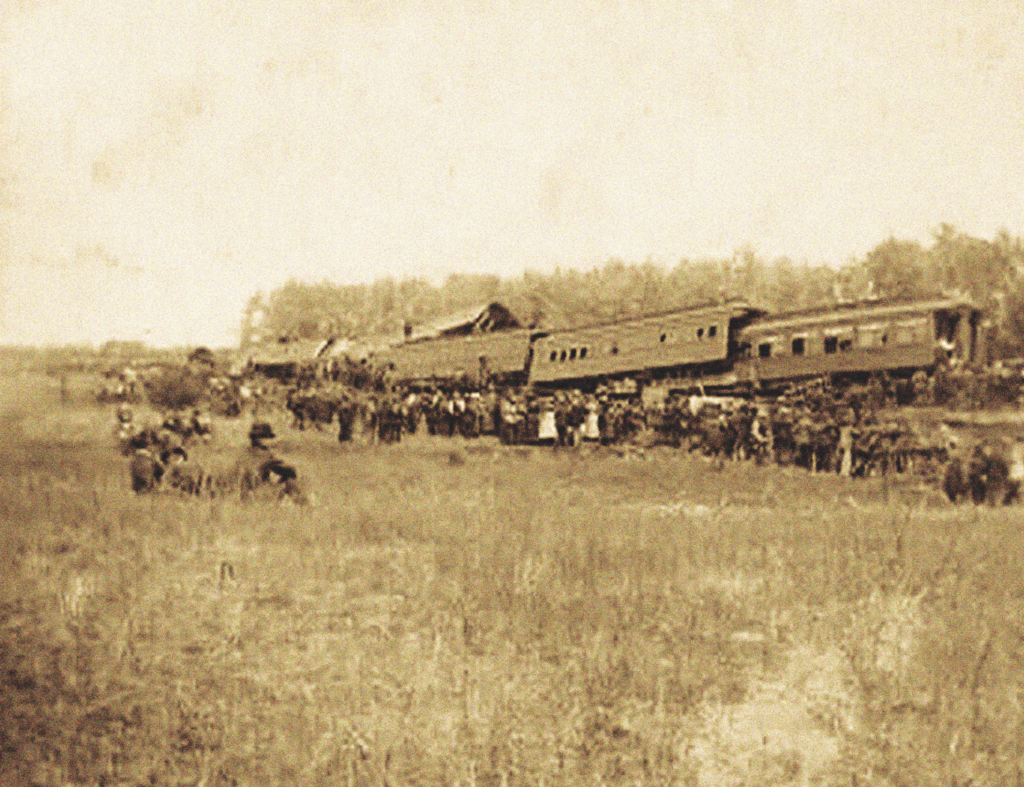

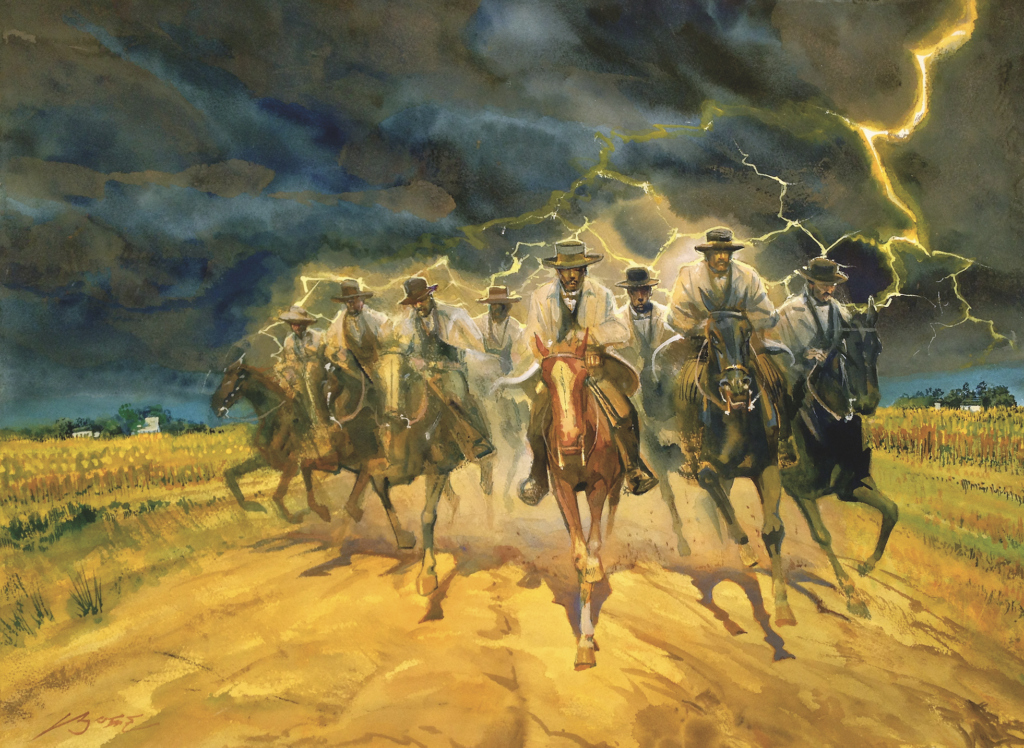
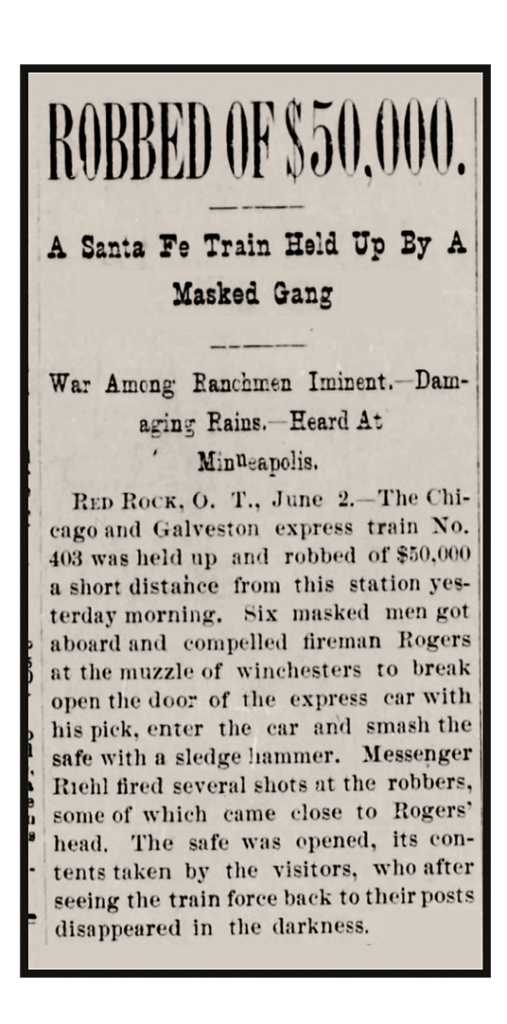
The James Gang by the Numbers

24 robberies • 11 banks
7 trains • 3 stagecoaches • 1 town looted
1 fairgrounds gate receipts robbery
1 steamboat robbery
19-year career of committing “crimes”
$323,000: estimated dollars stolen (gang member “Doc” Miller claimed the actual take was much higher because of under-reporting by railroads: $1,038,000)
17: number of killings (not all can be attributed to Jesse, and some were done in wartime)
O: minutes spent behind bars. Jesse was never arrested or captured.
27,000: the estimated number of Missourian deaths from guerrilla violence during the Civil War
37: number of movies about Jesse, so far
Do any of these stats change the way we think about Jesse? Not really, because. . .
“There are lies, damn lies and then there are statistics.”
— OLD VAQUERO SAYING —


character, and could only have resulted from experience.” — THE KANSAS CITY JOURNAL OF COMMERCE —
The First Gunfighter
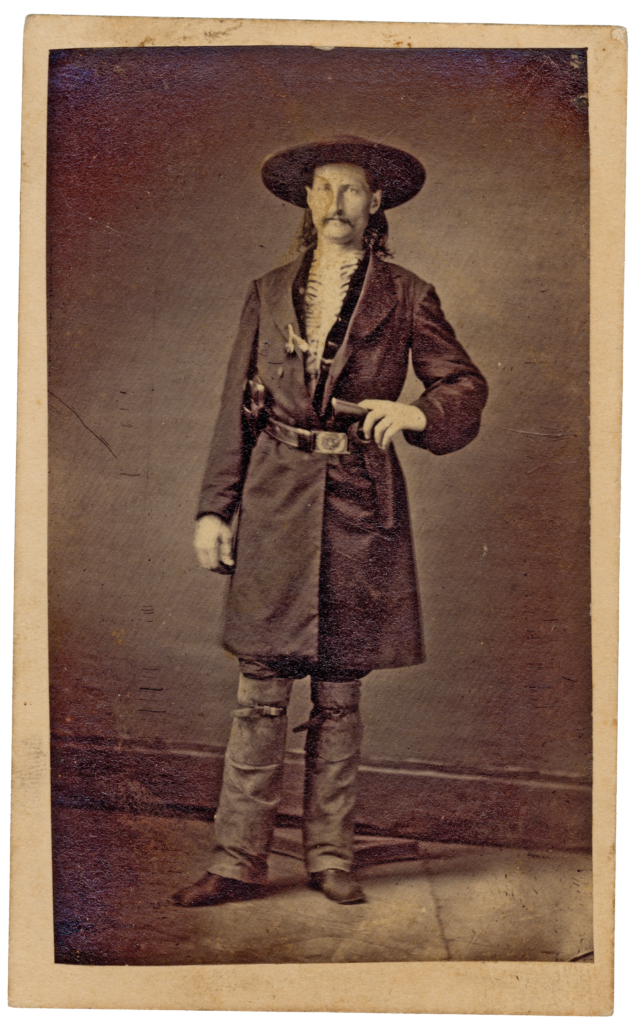
On July 21, 1865, James Butler “Wild Bill” Hickok warns Dave Tutt not to “pack that watch across the square at noon unless dead men can walk.” The square is in Springfield, Missouri, and the watch in question is simply a final push to fight it out man-to-man. They do, facing off at 100 paces with Tutt allegedly firing first and missing, while Hickok’s shot hits Tutt in the heart, killing him almost instantly. This becomes the prototype for almost every Hollywood gunfight ever filmed.
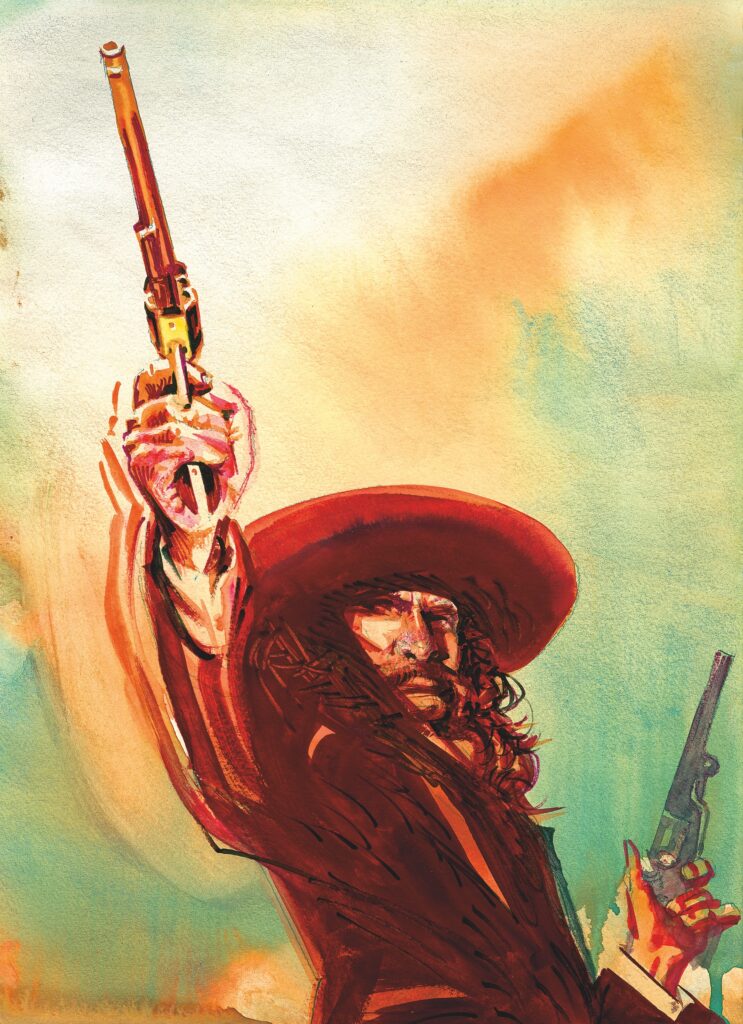
—Karl A. Menninger
“Are you Satisfied?”
James Butler “Wild Bill” Hickok allegedly turned on the gathered crowd and said these words to them. The utterance has added meaning because this lone event became the prototype for the stand up gunfight that became a staple in hundreds of Western movies.

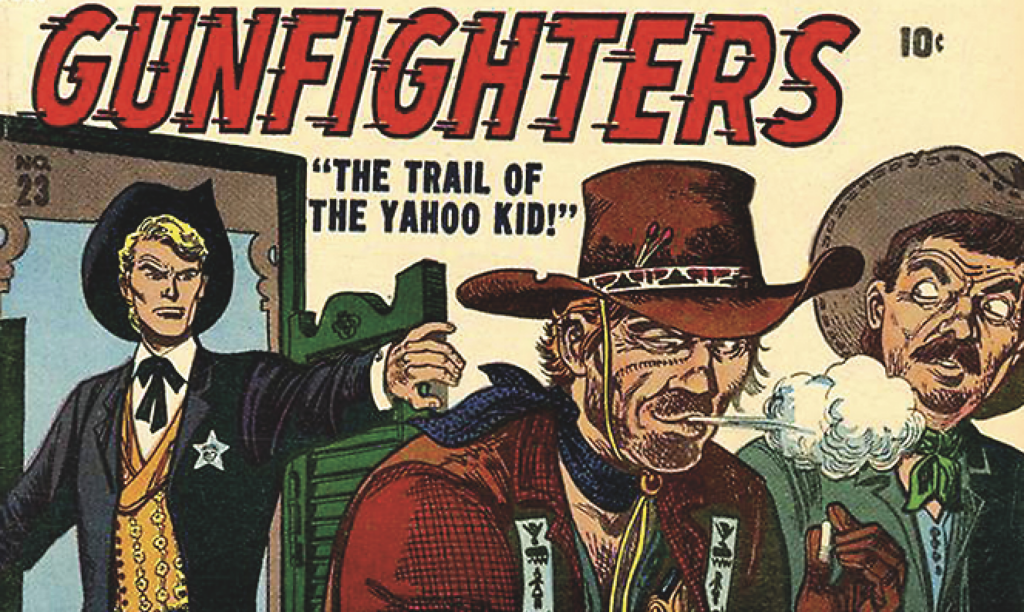
An Iconic Myth Is Born
Out of all this terror and confusion and guerrilla warfare came a generation of young men who were schooled in the arts of deadly tactics. As they approached manhood, more than a few of them wandered west and encountered a broader and more significant conflict between three preexisting cultures: Indigenous, Spanish and Mexican. It is little wonder that a mythic story would be born out of the ensuing conflict and that a Caucasian gunfighter would rise out of this turmoil and take his place in the pantheon of worldwide myths. Some historians claim the gunfighter myth ruled from about 1948 to 1973, and that it has since devolved into parody.

